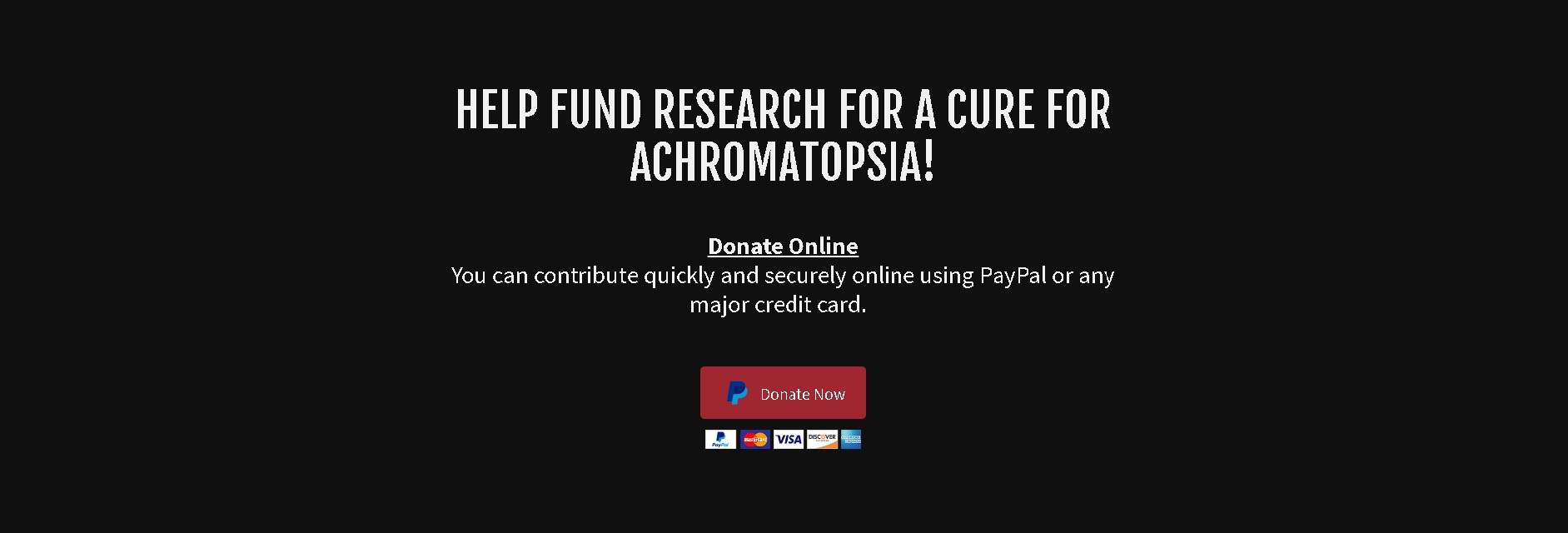

Transport is the basic utility which serves for the people in the aspects of daily demand. The aim of the research work is to find out factors affecting the road improvements for the roads adjacent to the bus terminus. In associated with the above-mentioned factors bus scheduling was included as a factor in this study and suggestion were made for improvements. This study integrated the terminal factors (Element factors + Operational factors + Structural factors + Dwell time factors (both vehicles and pedestrians)) for efficient terminal design and operations. All those factors were considered and the performance of each factor was studied and reframed with corrected values. The study of previous researches suggested various factors which influences the terminal design. The previous research works were reviewed and the solution for developing the model was suggested in this study. In order to design the efficient transportation system in terminal area the traffic operation should be centralized by implementing the correction factors. The terminal operations in India are centric in nature for both pedestrians and vehicles. This results in development of new routes in city and rural areas. In India, rapid increase in urbanization increases the demand of bus transportation usage with growth rate of 3% every year.

Furthermore, demand is an essential factor in locating public transportation stops and the distance that must exist between them is 400–700 m, intending to improve the efficiency of public transportation. The results showed that the heuristics and metaheuristics are the most commonly used methods to solve transportation network problems. This document reviews the literature of the last five years on some topics of interest such as network design, public transportation, the demand for public transportation studies carried out with the distance that users are willing to walk to bus stops and the location of stops were also included so that the design of the transportation network is optimal. Through, the suitable design of the transportation system and the location of the stops, it is possible to reduce travel times and increase user satisfaction. However, making the right decisions to establish efficient urban transportation routes is becoming more complex, thus it is necessary to have innovative and useful methods that are capable of finding the solution to transport problems considering urban growth among other factors. Public transportation is considered an essential piece in sustainable urban development, since it allows to achieve more efficient movements and flows in the city, thus, it would be reduced significantly the environmental pollution because of the car’s use decrease. The founding, organization, and growth of large urban agglomerations throughout history have generated significant challenges for transportation and mobility systems. Additionally, no stake holder requirement is overlooked and ensures the minimum standards of development. It also facilitates low cost with rapid sharing of knowledge and experience. The specific guidelines, standards and toolkits are the most effective format for capacity building in an organisation. This paper explains the standards for individual element in Bus depot to be followed for effective utilisation and functioning of facilities provided. In order to improve the LOS certain strategy has to be followed in depot elements such as depot infrastructure improvement, planning guidelines for platform infrastructure, and design elements for achieving the increased LOS. Without improving the level of service in depot areas, the bus accessibility and operational efficiency cannot be achieved. Large part of bus transport is catered by private sector in 2020 than government sector in India. They developed JNNURM policy for improving intercity bus services. NUTP (National Urban Transport Policy) 2006 focussed the development of bus transport in Indian cities. Bus transport in India is the main mode of transport in the 21st century for both intercity and interstate services.


 0 kommentar(er)
0 kommentar(er)
